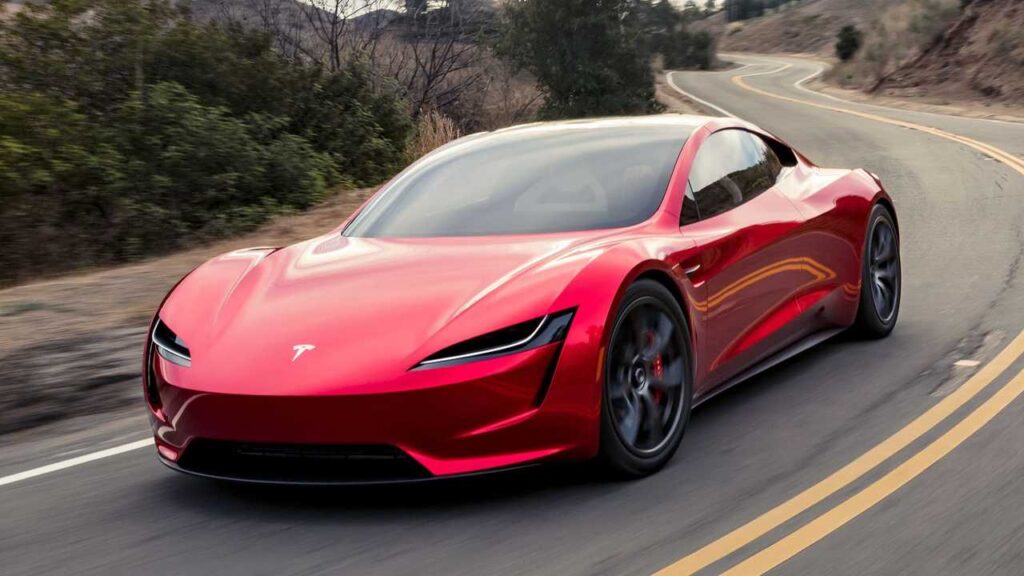Imagine a world where you can simply hop into a car, input your destination, and let the vehicle take you there while you sit back, relax, and enjoy the ride. This vision of a driverless future is becoming more and more realistic with the rapid advancements in autonomous vehicle technology. In this article, we will explore the evolution of autonomous vehicles, how they work, their benefits, challenges, and what to expect in the future.

The Evolution of Autonomous Vehicles
Early Concepts and Experiments
The idea of self-driving cars has been around for decades, with early concepts dating back to the 1920s and 1930s. The first experiments with autonomous vehicles started in the 1950s and 1960s, focusing on automated highways and using cameras to detect road markings. These early attempts laid the foundation for the development of more advanced systems in the following decades.
Recent Advancements
The last two decades have seen incredible progress in autonomous vehicle technology, driven by advancements in artificial intelligence, machine learning, sensors, and mapping technologies. Companies like Tesla, Waymo, and Uber have made headlines with their ambitious plans to revolutionize transportation through self-driving cars.
How Autonomous Vehicles Work
Sensors and Cameras
Autonomous vehicles rely on a combination of sensors and cameras to perceive their environment, detect obstacles, and make decisions. Some of these sensors include LiDAR (Light Detection and Ranging), radar, and ultrasonic sensors. Cameras capture visual information, while sensors collect data about the vehicle’s surroundings, such as distance, speed, and direction.
GPS and Mapping
GPS technology is essential for autonomous vehicles, as it helps them pinpoint their location and navigate through complex road networks. High-definition maps provide a detailed representation of the road, including information about lanes, traffic signals, and other road features.
Artificial Intelligence and Machine Learning
AI and machine learning are the brains behind autonomous vehicles. These technologies enable the vehicle to process the massive amounts of data collected by sensors and cameras, make decisions based on that data, and continuously learn and adapt to new situations.
Levels of Autonomy
Level 0: No Automation
At this level, the driver is entirely responsible for controlling the vehicle, with no assistance from automated systems.
Level 1: Driver Assistance
Vehicles at this level have some driver assistance features, such as adaptive cruise control or lane-keeping assistance, but the driver is still responsible for most of the driving tasks.
Level 2: Partial Automation
At this level, the vehicle can control both steering and acceleration/deceleration under certain conditions, but the driver must remain attentive and ready to take control at any time.
Level 3: Conditional Automation
Level 3 vehicles can handle most driving tasks, including steering, braking, and acceleration. However, the driver must be prepared to take over when the system encounters a situation it cannot handle.
Level 4: High Automation
Vehicles at this level can operate autonomously in most driving situations, even if the driver does not intervene. However, these vehicles may still require human intervention in some specific circumstances or environments.
Level 5: Full Automation
Fully autonomous vehicles at this level can handle all driving tasks under all conditions, without the need for any human intervention.
Benefits of Autonomous Vehicles
Improved Safety
One of the most significant benefits of autonomous vehicles is the potential to dramatically reduce accidents caused by human error. With advanced sensors, cameras, and AI systems, self-driving cars can detect and avoid obstacles, maintain safe following distances, and obey traffic laws more consistently than human drivers.
Increased Efficiency
Autonomous vehicles can optimize routes, reduce traffic congestion, and improve fuel efficiency. They can also enable more efficient use of parking spaces, as they can park themselves in tighter spaces and be summoned when needed.
Enhanced Mobility
Self-driving cars can provide greater mobility for people who cannot drive, such as the elderly, disabled, or those without a driver’s license. This increased access to transportation can improve their quality of life and promote independence.
Environmental Impact
By optimizing routes, reducing congestion, and improving fuel efficiency, autonomous vehicles can help reduce greenhouse gas emissions and contribute to a cleaner environment.
Challenges and Concerns
Technological Limitations
Despite rapid advancements, autonomous vehicle technology still faces limitations. For example, sensors and cameras can be affected by adverse weather conditions, and AI systems may struggle to handle complex or unpredictable situations.
Regulatory and Legal Issues
The regulatory landscape for autonomous vehicles is still evolving, with lawmakers grappling with questions about liability, insurance, and safety standards. These issues need to be resolved before widespread adoption can occur.
Ethical Considerations
Autonomous vehicles raise ethical questions, such as how AI systems should make decisions in life-or-death situations. Addressing these concerns is crucial to gain public trust and acceptance.
Job Displacement and Economic Impact
The transition to autonomous vehicles may lead to job losses in industries such as trucking, taxi services, and delivery services. Policymakers will need to address the potential economic impact and help affected workers transition to new opportunities.
The Road Ahead: What to Expect in the Future
As technology continues to advance and regulatory hurdles are addressed, we can expect to see more autonomous vehicles on the roads. These vehicles will likely first appear in controlled environments, such as private campuses or designated lanes, before expanding to more complex scenarios.
Conclusion
The journey towards a driverless future is well underway, with autonomous vehicles poised to revolutionize transportation. While there are still challenges to overcome, the potential benefits in safety, efficiency, mobility, and environmental impact make it an exciting and transformative development. As technology advances and society adapts, we will likely see a gradual shift towards a world where autonomous vehicles become a common sight on our roads.
FAQs
1) How soon will fully autonomous vehicles be available to the public?
It is difficult to predict an exact timeline, as it depends on technological advancements, regulatory approvals, and public acceptance. However, many experts believe that we could see widespread adoption of fully autonomous vehicles within the next decade.
2) Will autonomous vehicles completely replace human-driven cars?
While it’s possible that autonomous vehicles may eventually become the dominant mode of transportation, it’s unlikely that human-driven cars will disappear entirely. There will likely be a transitional period where both types of vehicles coexist, and some people may continue to prefer driving themselves for personal or recreational reasons.
3) How will autonomous vehicles communicate with each other and the infrastructure?
Autonomous vehicles will use a combination of vehicle-to-vehicle (V2V) and vehicle-to-infrastructure (V2I) communication technologies. These systems will allow cars to share information about their location, speed, and direction, as well as receive data from traffic signals, road signs, and other infrastructure components.
4) What happens if an autonomous vehicle encounters a situation it cannot handle?
In situations where an autonomous vehicle cannot handle a specific driving task or encounters an unforeseen scenario, it will typically default to a safe mode and either request human intervention or pull over to the side of the road, depending on the level of autonomy.
5) Can autonomous vehicles be hacked, and what measures are being taken to ensure their security?
As with any connected technology, there is a risk of hacking or cyberattacks. However, manufacturers and developers are well aware of these risks and are taking extensive measures to protect autonomous vehicles from such threats. This includes implementing robust cybersecurity protocols, secure communication channels, and continuous monitoring and updating of software to address vulnerabilities.





Leave a Reply